This is a wonderful article detailing the trials and tribulations of Jews from Arab countries (מזרחים)-Mizrachim, whose difficulties have been overshadowed by the Holocaust and the treatment of European Jews at the hands of the Nazis. This article is the continuation of a post made earlier:
Silverstein’s Bigoted World: Sefardic Jews Didn’t Suffer-NILI Takes Him To Task!
‘Anne Frank from Baghdad’
Sep. 2, 2009
Lela Gilbert , THE JERUSALEM POST
‘In recent years, many Jews from Iraq have started to talk about what happened to them. But I was so hurt and so locked into myself that I didn’t think I could deal with it,” says Linda Abu-Aziz Menuhin, who in 1970 fled anti-Jewish violence in Baghdad. “More recently I’ve felt that I needed to heal this very bad bruise, so I am in the process of opening up. Now I say that having to leave my home in Iraq was my nakba – my catastrophe.”
“Nakba Day,” inaugurated by Yasser Arafat in 1998, is meant to counter Israel’s Independence Day celebrations, commemorating losses suffered by Arabs who fled their homes during the War of Independence.
In fact hardly a day passes when the subject of millions of Palestinian refugees seeking a “right of return” to their lost properties – or compensation for them – isn’t discussed in relation to Middle East peace negotiations. Somewhere between 500,000 and 750,000 Arabs fled their homes during the War of Independence in 1948; 60-plus years later, these refugees and their offspring number more than four million, living both in refugee camps and in residential communities. The story of their losses and their controversial politicization is a familiar subject for journalists, activists, politicians, and Middle East observers.
Meanwhile, another refugee story – the history that Linda Menuhin represents – is far from familiar.
FROM 1948 to 1970, 850,000 to a million Jews fled or were expelled from Arab lands. Many of these forgotten refugees were members of ancient Jewish communities that predated Christianity. More than a few were wealthy, powerful and successful. Nearly all of them left their homes with little more than the shirts on their backs, leaving behind houses, bank accounts, investments, personal treasures and their means of livelihood. They resettled, mostly in Israel. From then until now, they have received no reparations, no inventory of their lost possessions and virtually no consideration in negotiations for Middle East peace.
According to scholar Maurice M. Roumani, “In contrast to the high profile maintained by the Palestinian refugees, Jewish refugees in Israel began a costly rehabilitation program and played down their refugee status as much as possible. Their story was little known until 1976, when a new organization named WOJAC [World Organization of Jews from Arab Countries] undertook to make their voice heard so that no Middle East refugee settlement could take place without their claims being part of the equation. These claims are based on both historical and legal rights from centuries of continuous living in the Mediterranean region under Muslim rule.”
Iraq, like North Africa, Egypt, Syria, Lebanon and Yemen, once had a thriving and historic Jewish community. Iraq’s Jewish population numbered around 135,000 in 1948, with over 77,000 Jews living in Baghdad alone. Today fewer than 10 Jews remain in the country.
Linda Menuhin wasn’t yet born when modern anti-Semitic violence first struck Iraq in 1941; it began with a pogrom, the Farhud, instigated by Nazi-collaborator Haj Amin el-Husseini, the grand mufti of Jerusalem. During the Farhud, 180 Jews were murdered and nearly 250 wounded. Persecution ebbed and flowed until 1948, following the establishment of modern Israel, when tens of thousands of Iraqi Jews lost their property and assets and ran for their lives.
Then came the Six Day War. Linda remembers all too well the terrifying months following Israel’s military victory against several Arab nations in 1967.
“After the Six Day War, I really began to feel afraid,” she explains. “The trouble began with a protest around the British Institute in Waziriya building. I had to leave my classroom by a back door before the end of a test that would qualify me to study in a British university, GCE. I could hear the radio very loud, shouting how the Arabs had won the war and how many Israeli warplanes they had destroyed. We could feel the heat, on the radio, in the market. We knew it wasn’t true because at night we used to listen to Kol Yisrael, which was an Arab language broadcast.
“But then Jews started being arrested. One of our very close friends was living with his old father. They came to pick him up from his house, ‘just for questioning,’ or so they said. They brought his body back in a sack.”
Within two months, Baghdad’s Jews were living in terror, keeping themselves out of sight. Their sports and social clubs were closed, their phones cut off and their assets frozen. Horrifying stories of abduction and murder circulated. Linda’s family was evicted from its home.
IN DESPERATION, Linda sent a letter to an aunt in America, telling of the Jews’ terrible conditions in Baghdad. She wrote it in French, hoping Iraq’s government censors wouldn’t intercept it. The aunt sent the letter on to Israel. It was published in Ma’ariv, beneath the headline “Anne Frank from Baghdad.” In 1969, the crisis came to a grisly climax when nine innocent Jews were publicly hanged in Baghdad, accused of spying for Israel.
Four years later, Linda wrote her youthful impressions of the scene, “…it was really a blow, a shock to see the Liberation Square on TV crowded with people dancing and singing as if they were celebrating a feast or a wedding. Our nine victims were… suspended in the air, on improvised scaffolds… their heads were twisted and drooping and their bodies dangled from the gallows. The attitude of the crowd proved to be savage, barbarous and ferocious. They cursed the dead, spat and pelted stones on them. It was the most humiliating, distressing, unforgettable sight I had seen in my life. My cheeks were flooded with tears. Our agony was beyond description.”
Eventually, against her parents’ wishes, Linda managed to escape from Iraq with her brother. The two made their way to Teheran, guided by mercenaries, and finally on to Israel. Linda’s father, a well-known Baghdad attorney, was taken into custody by Iraqi authorities not long thereafter, never to be seen again. She continues to seek out people who knew him, who might tell her the details of his final days.
The rest of her family is in Israel, scarred by their past but thankful for their new lives. They, along with hundreds of thousands of others, comprised the “Forgotten Refugees” who fled Muslim lands in the mid-20th century. Each of these owns a family history of terror, desperation and profound loss. Each has experienced a personal nakba.
Will the story of these refugees find its proper place among other issues under discussion in the Middle East peace process? In a 2005 report for the Jewish Center for Public Affairs, Dr. Avi Beker summed up the matter well, Historically, there was an exchange of populations in the Middle East and the number of displaced Jews exceeds the number of Palestinian Arab refugees. Most of the Jews were expelled as a result of an open policy of anti-Semitic incitement and even ethnic cleansing.
However, unlike the Arab refugees, the Jews who fled are a forgotten case because of a combination of international cynicism and domestic Israeli suppression of the subject. An open debate about the exodus of the Jews is critical for countering the Palestinian demand for the “right of return” and will require a more objective scrutiny of the myths about the origins of the Arab-Israeli conflict.
Thursday, September 3, 2009
Subscribe to:
Post Comments (Atom)
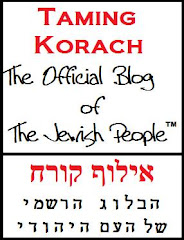









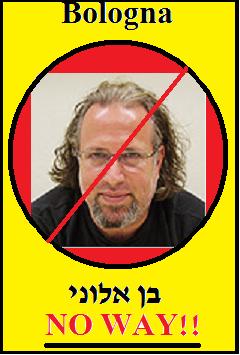


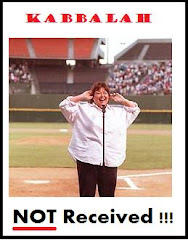

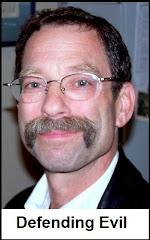
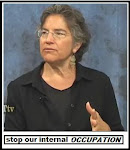

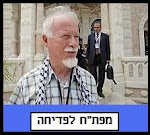

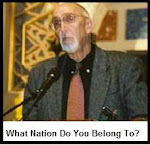

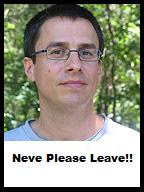



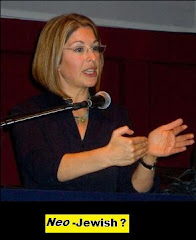


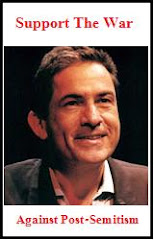

















No comments:
Post a Comment